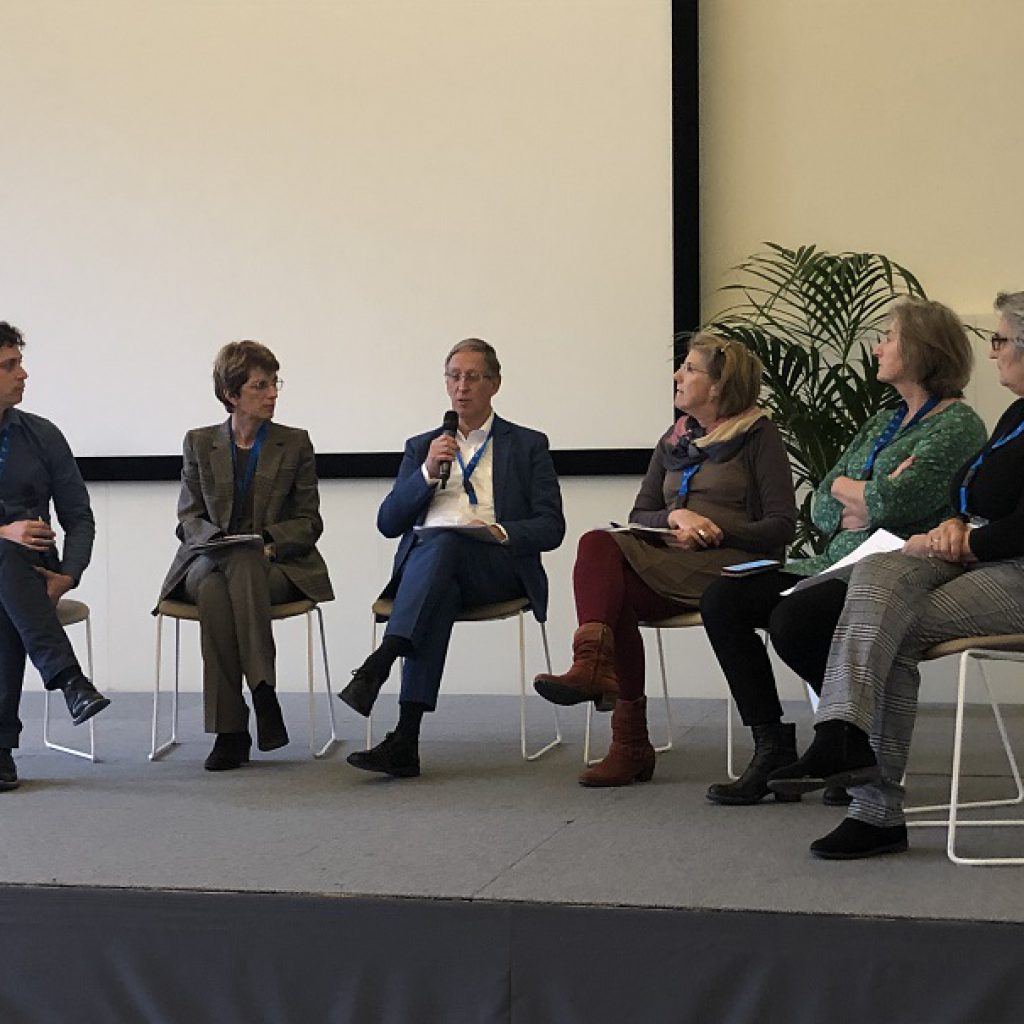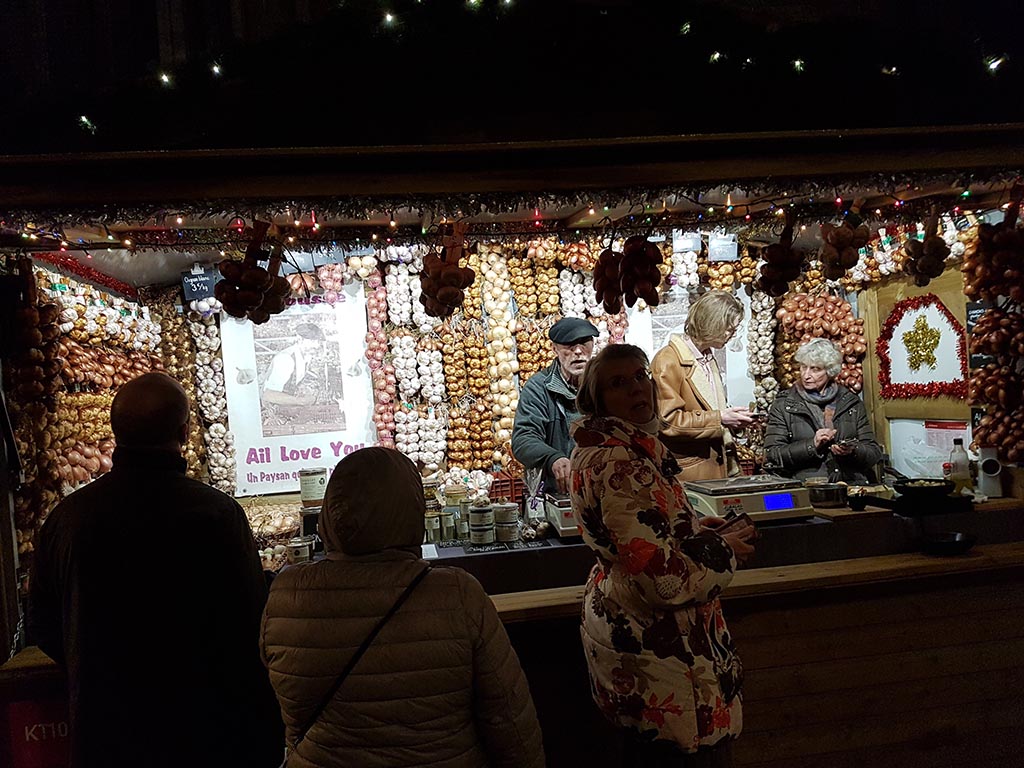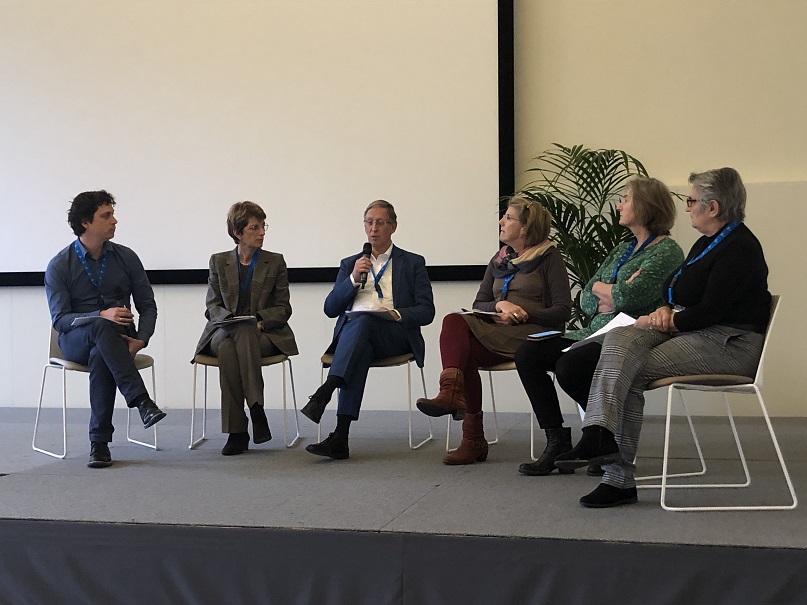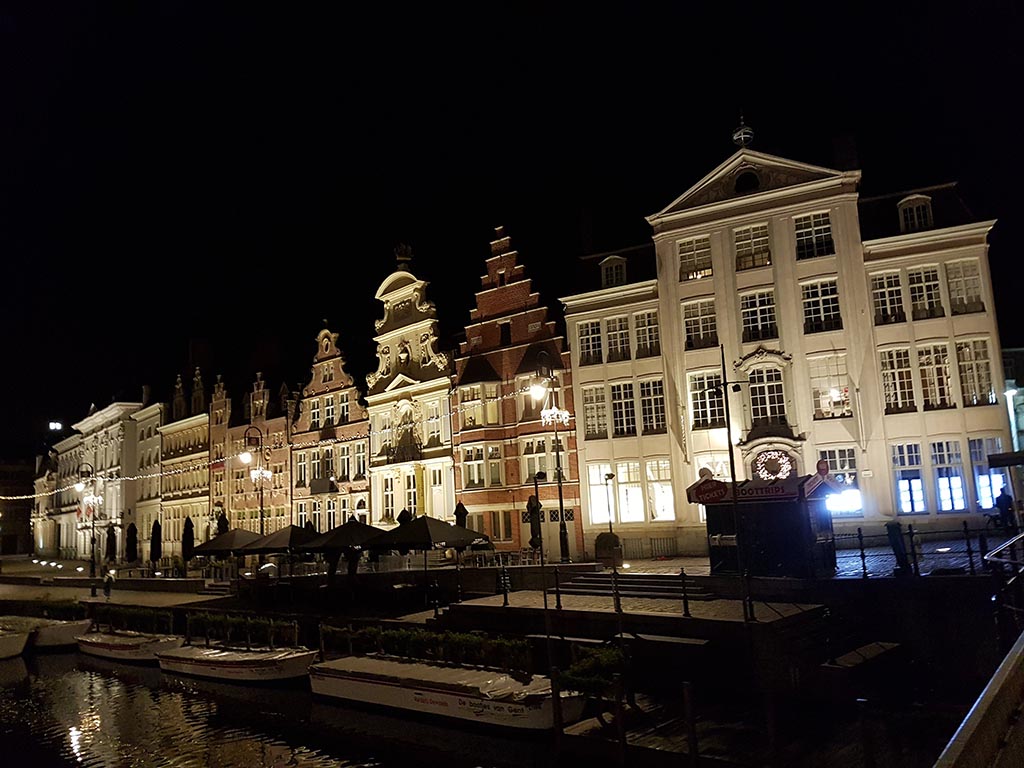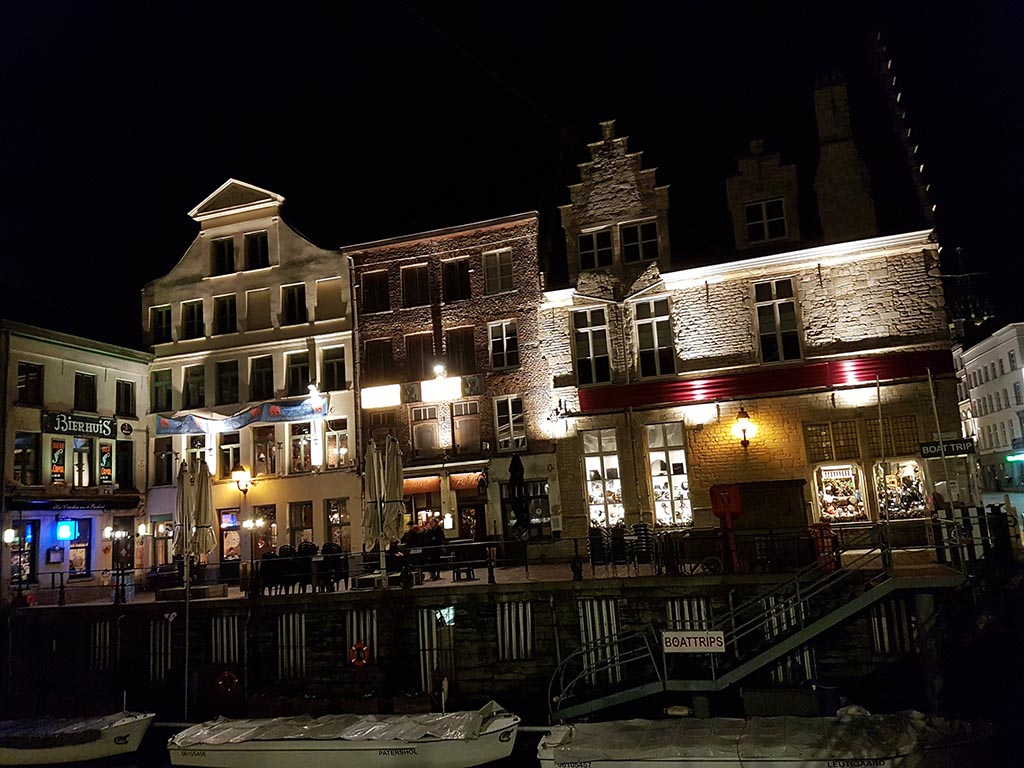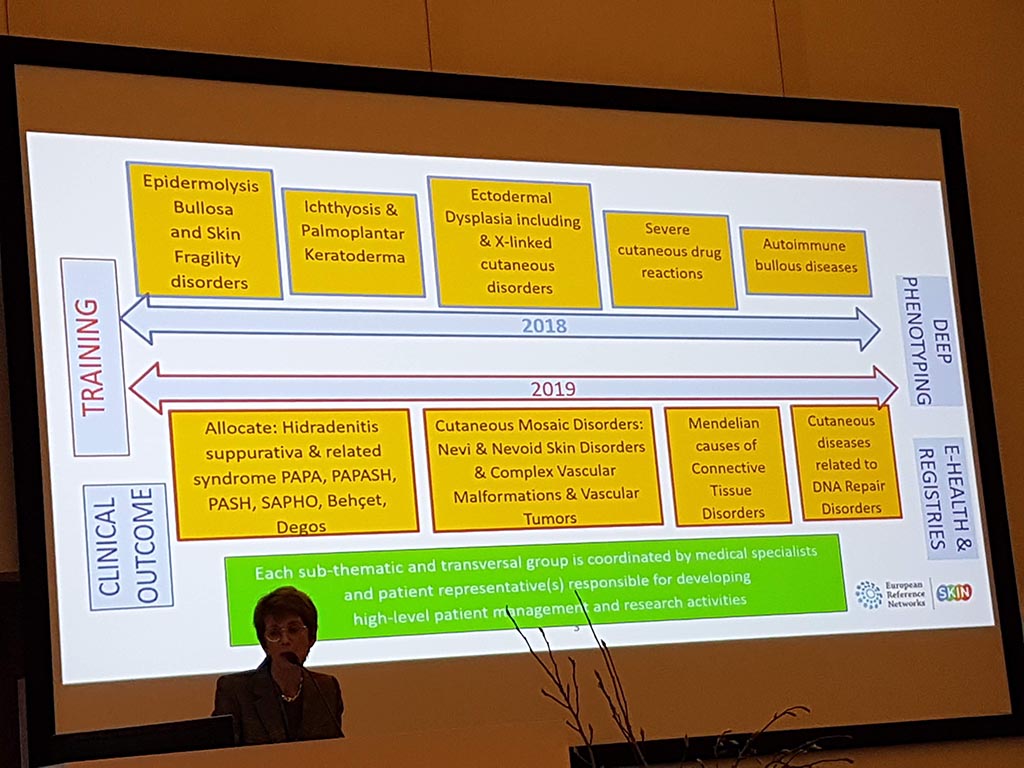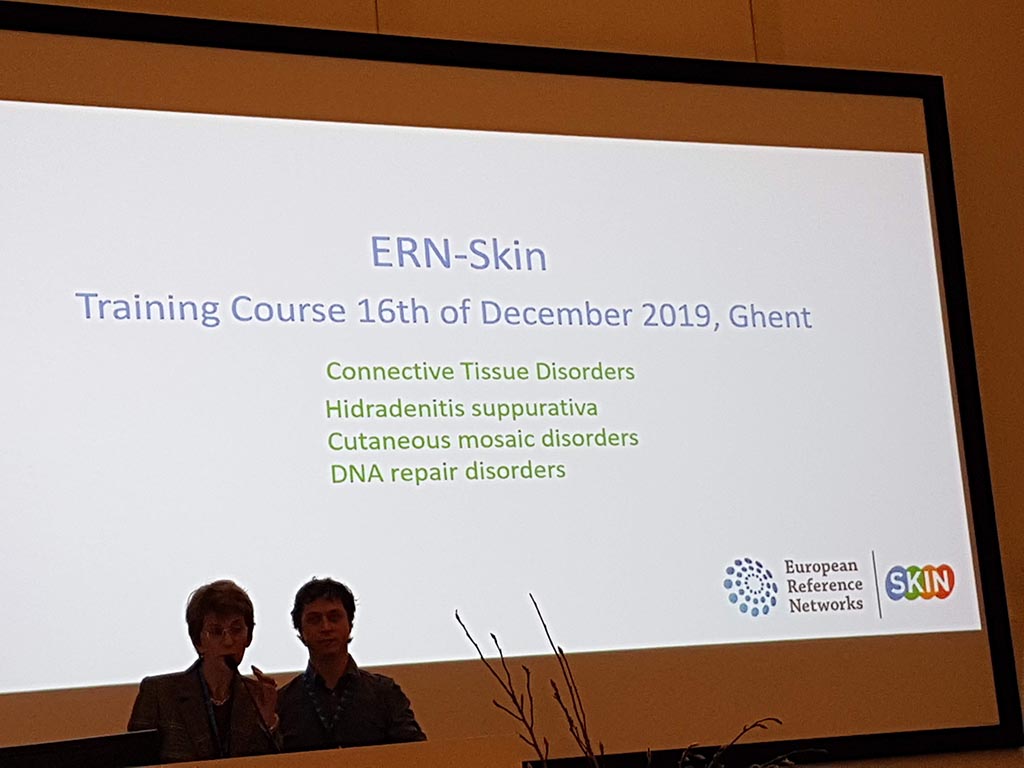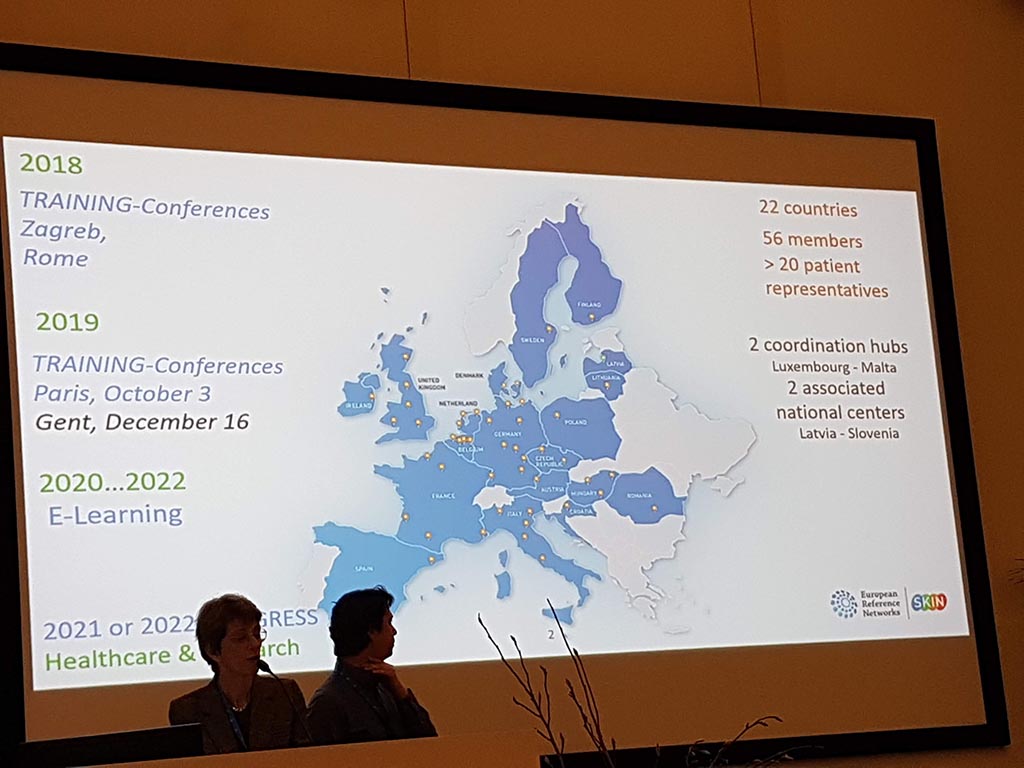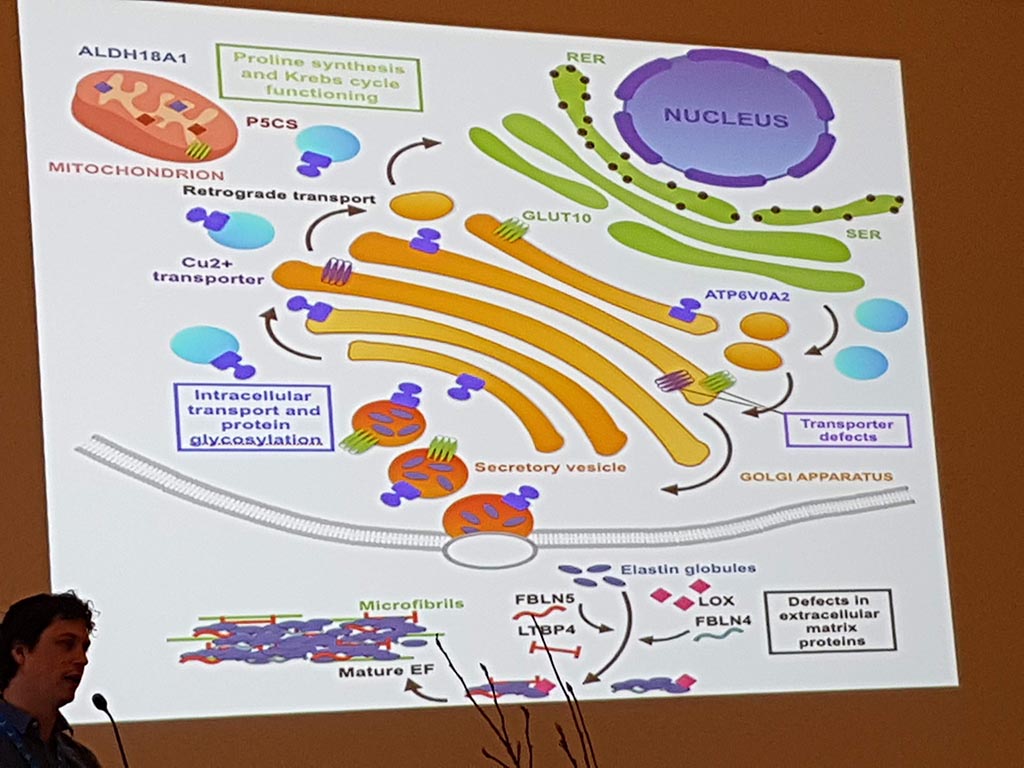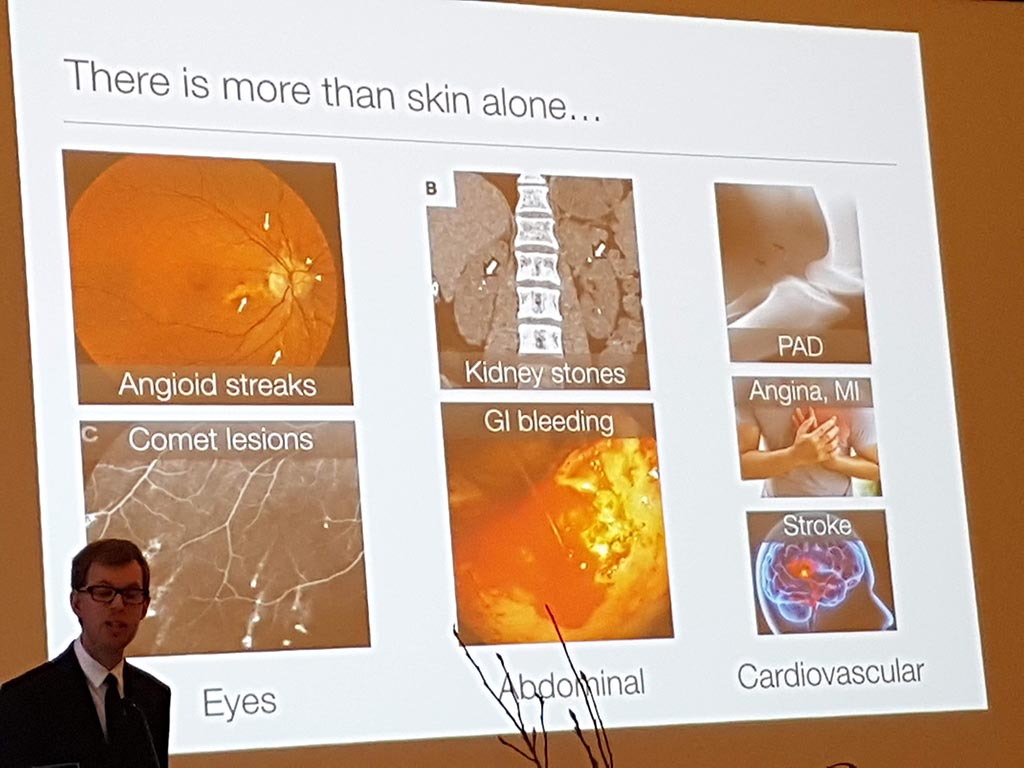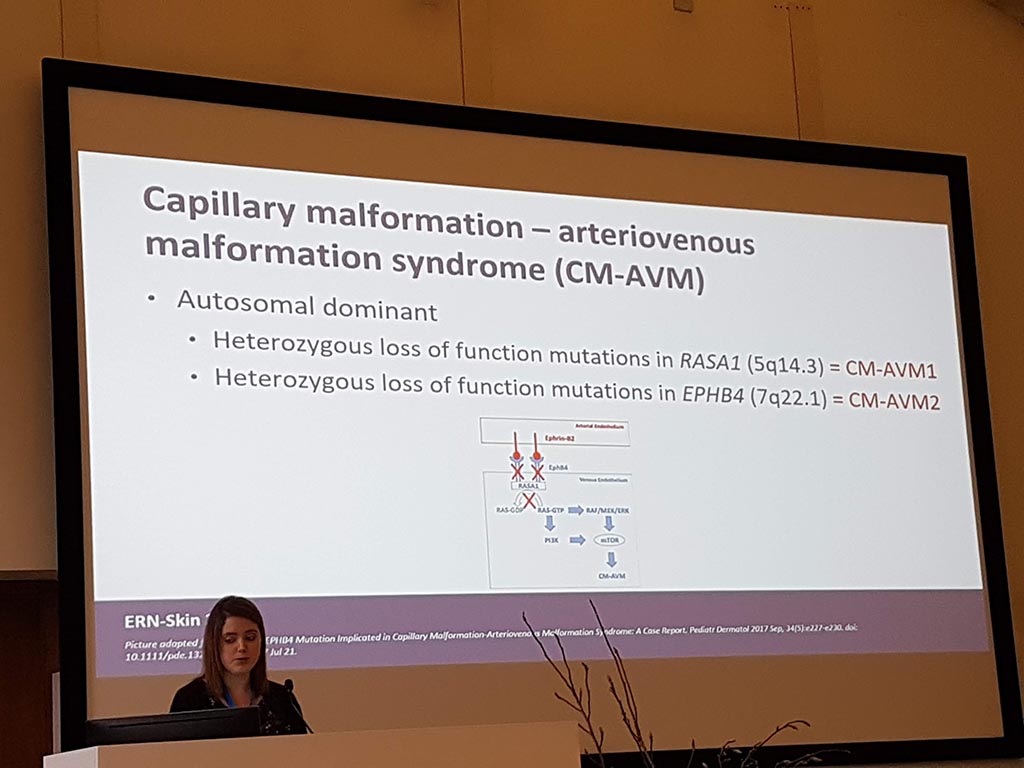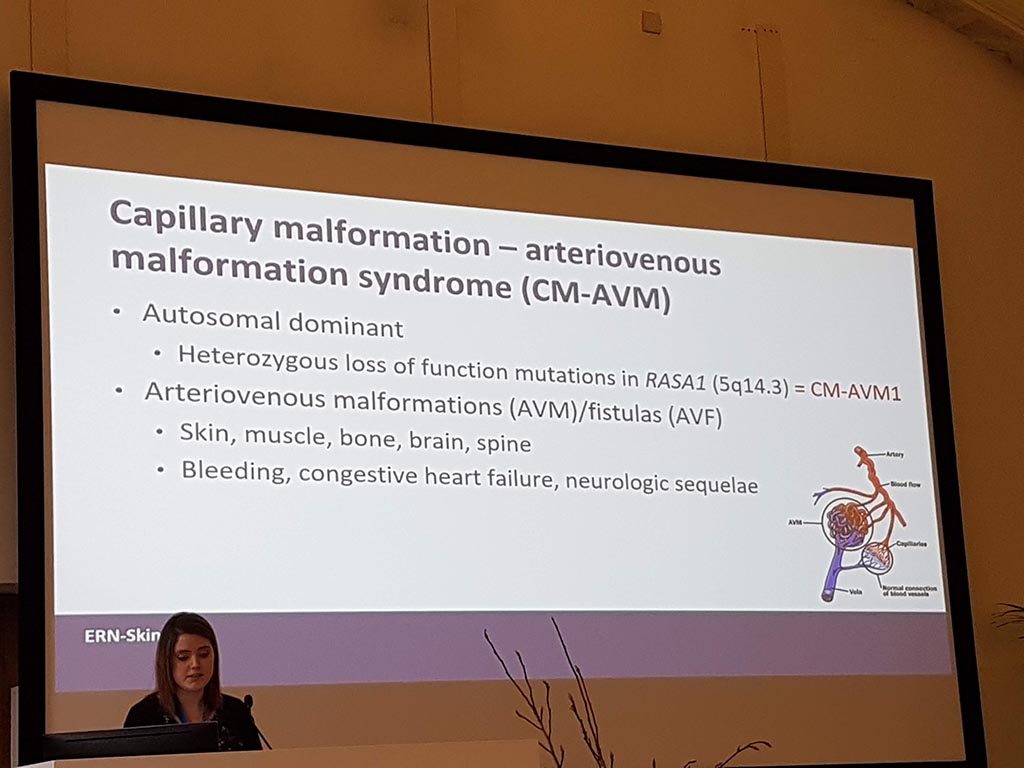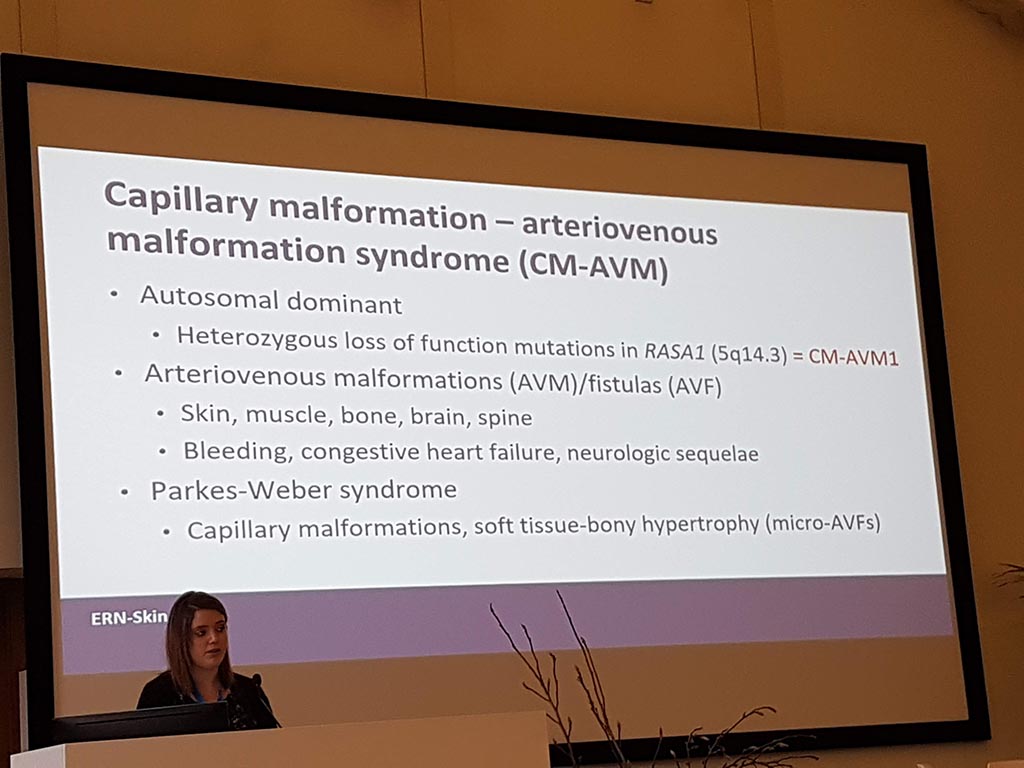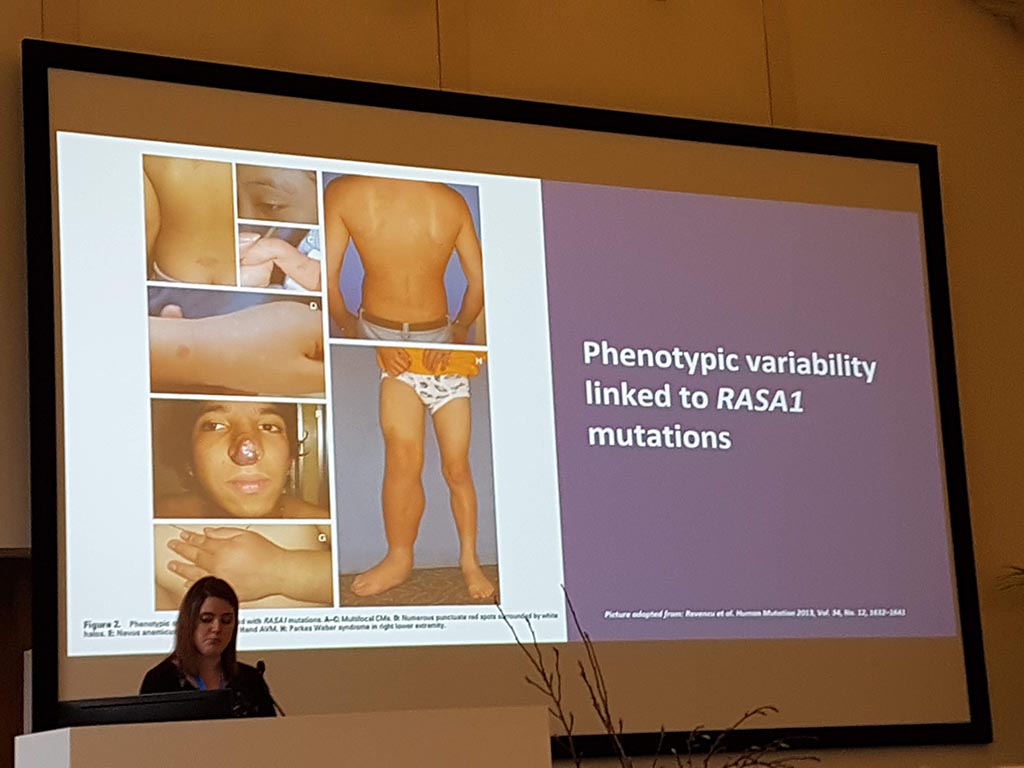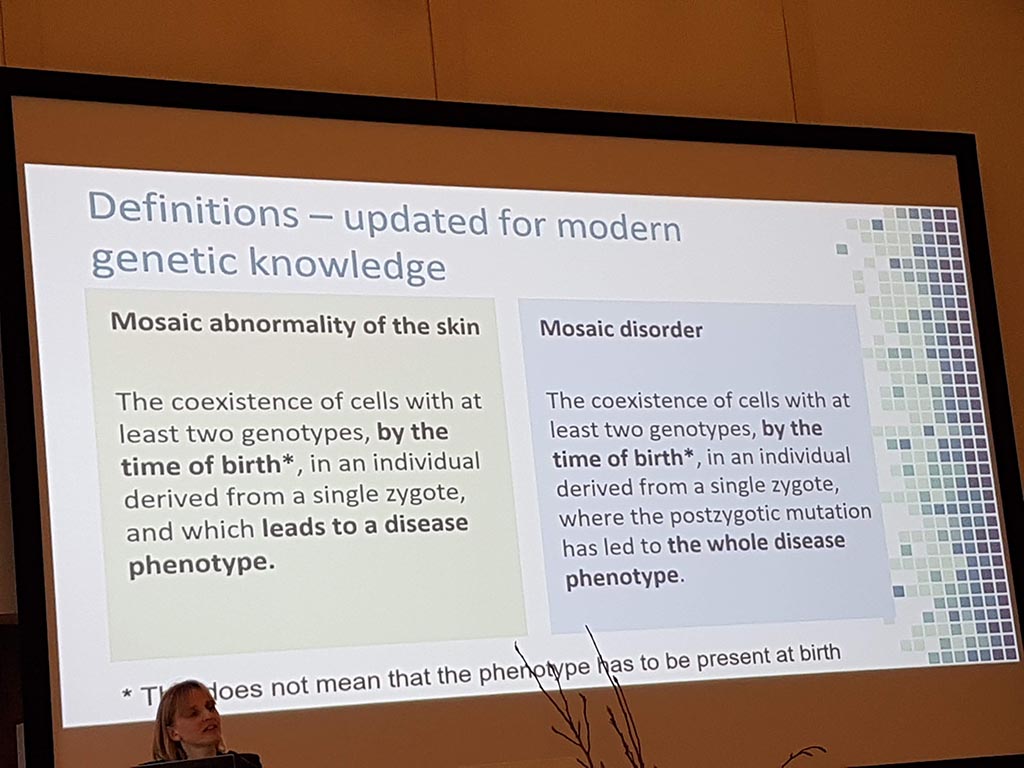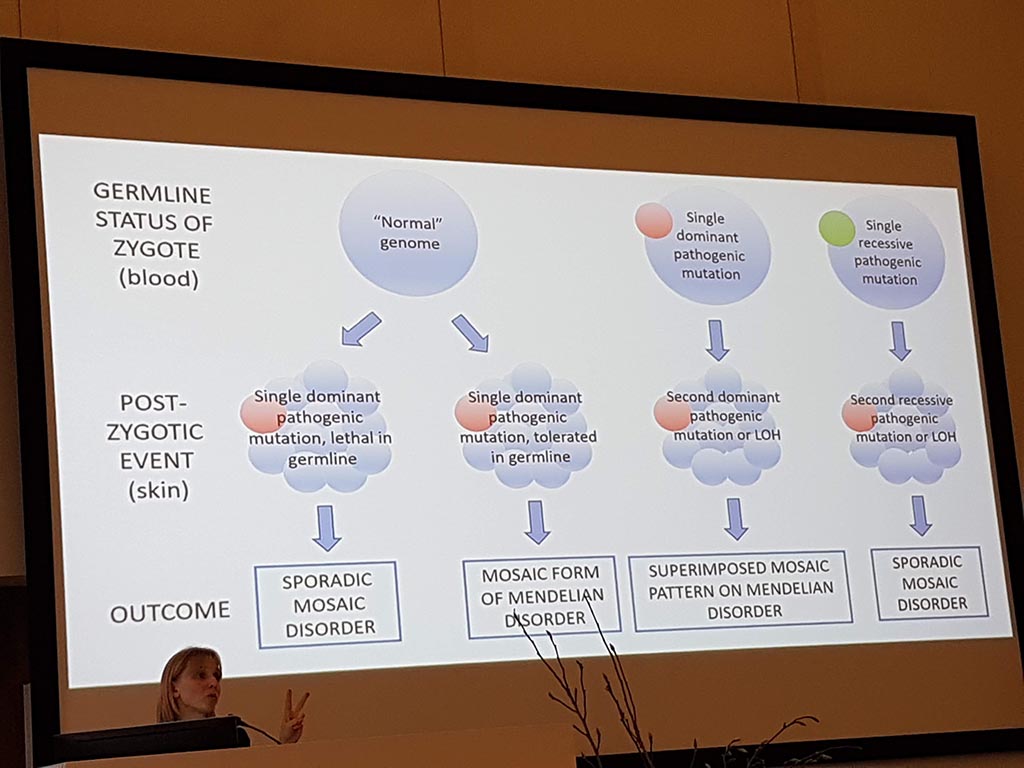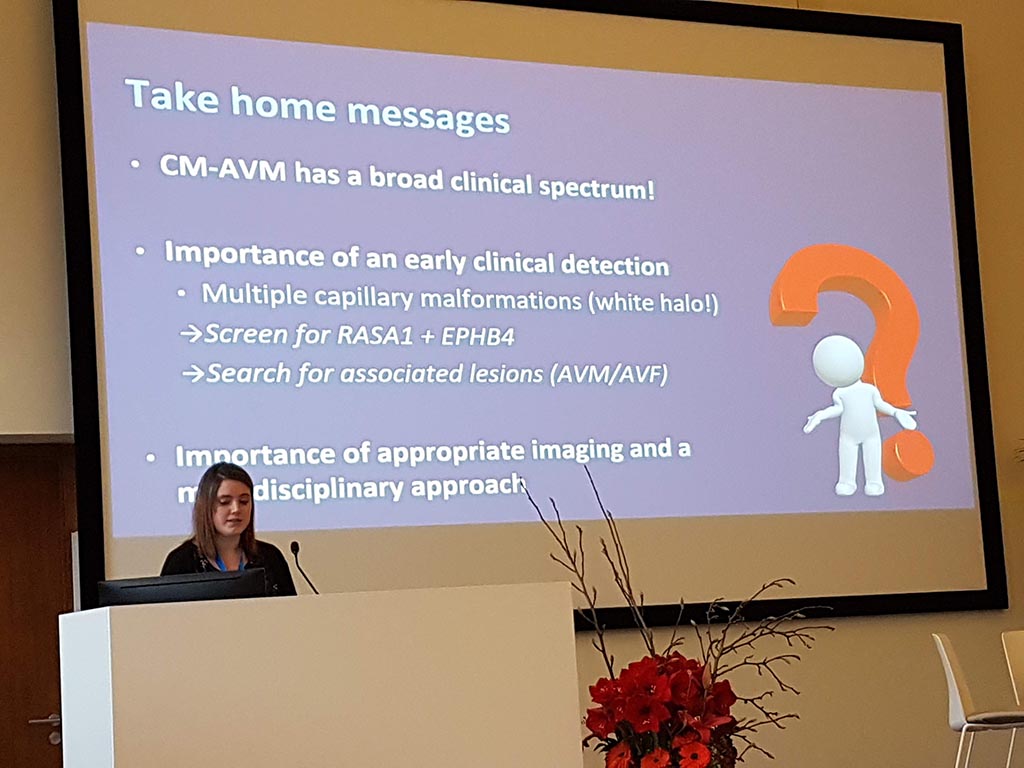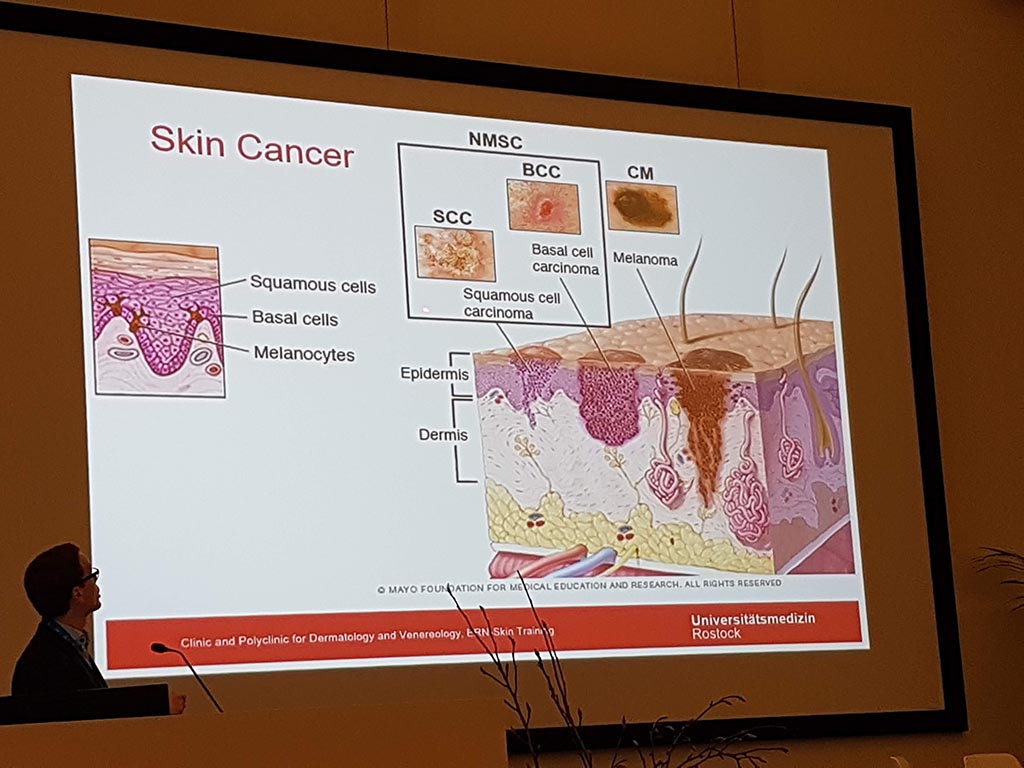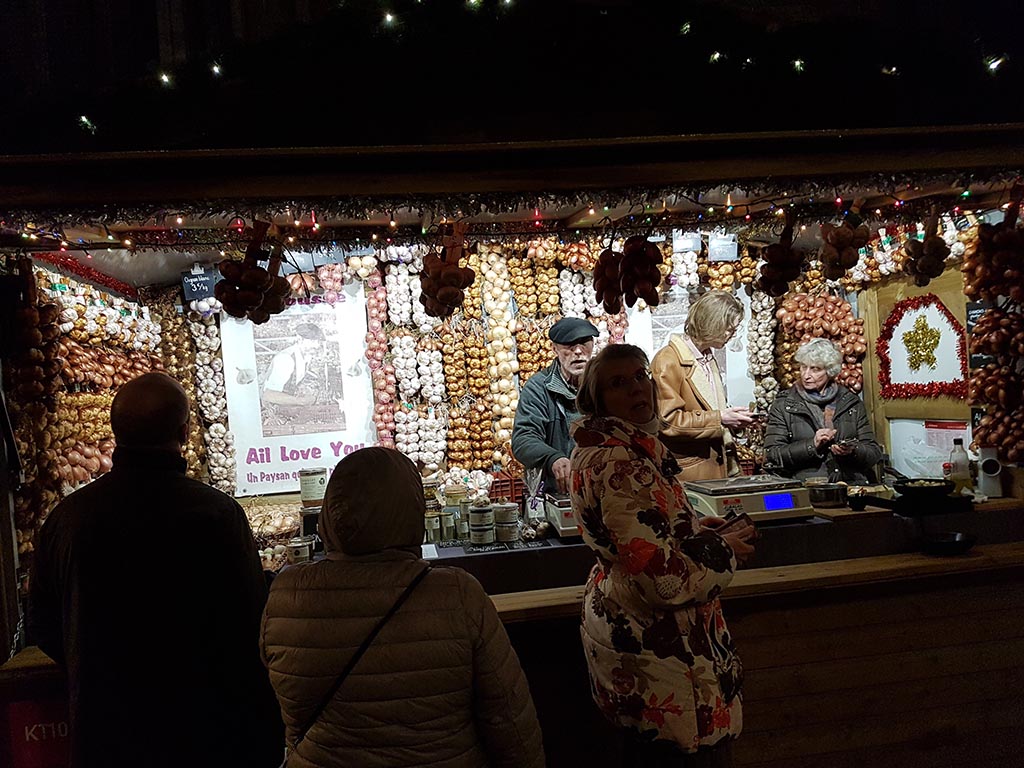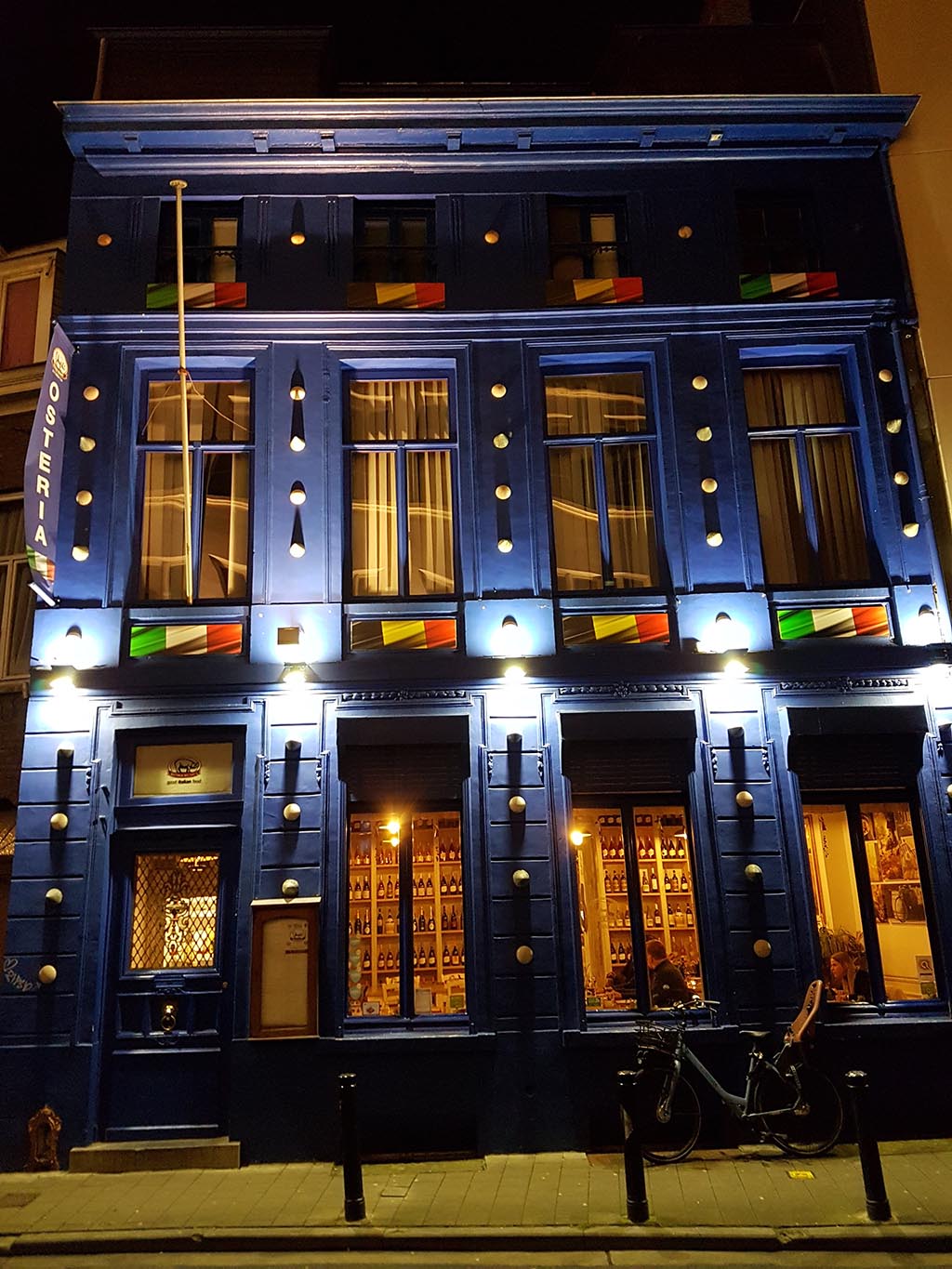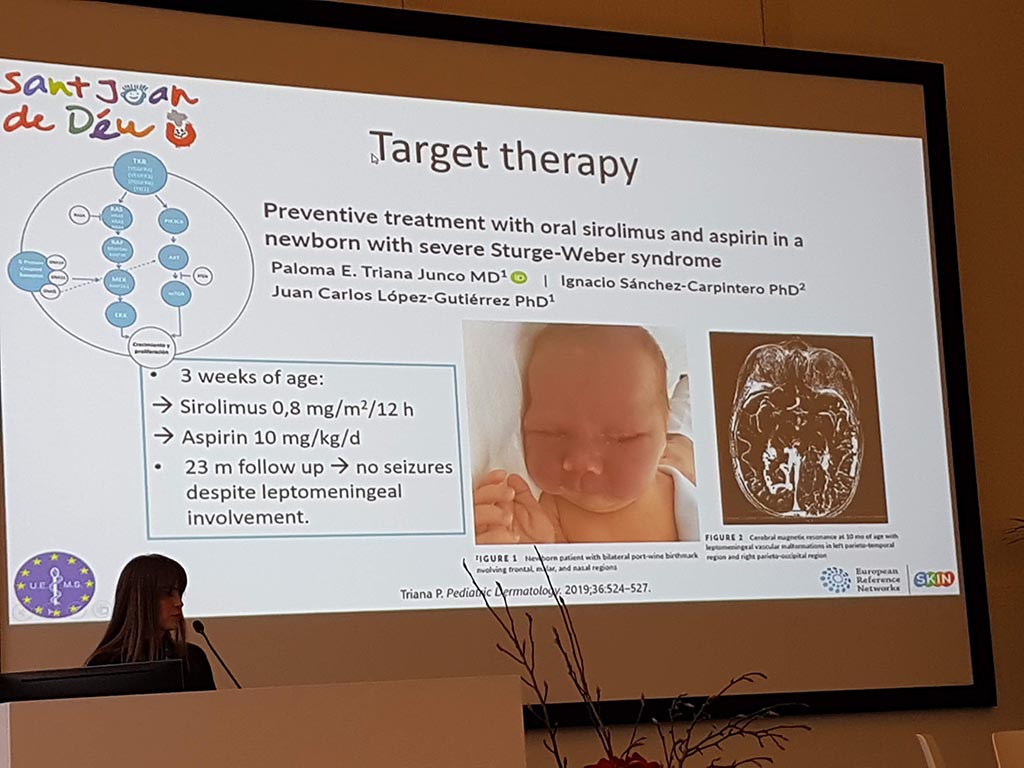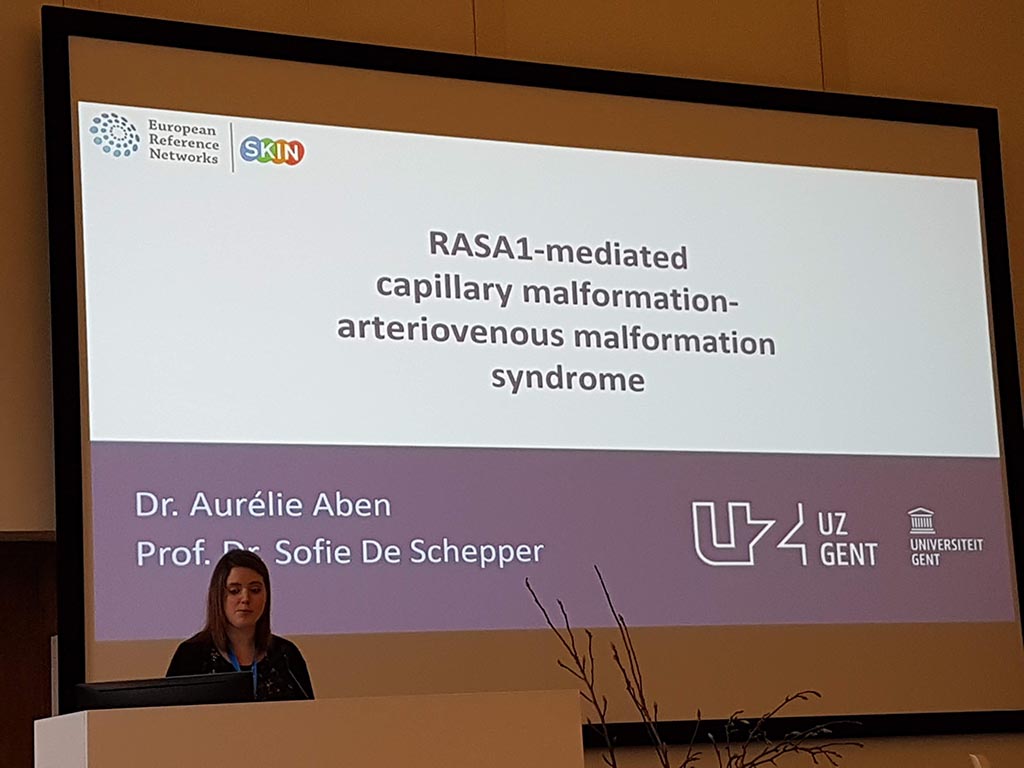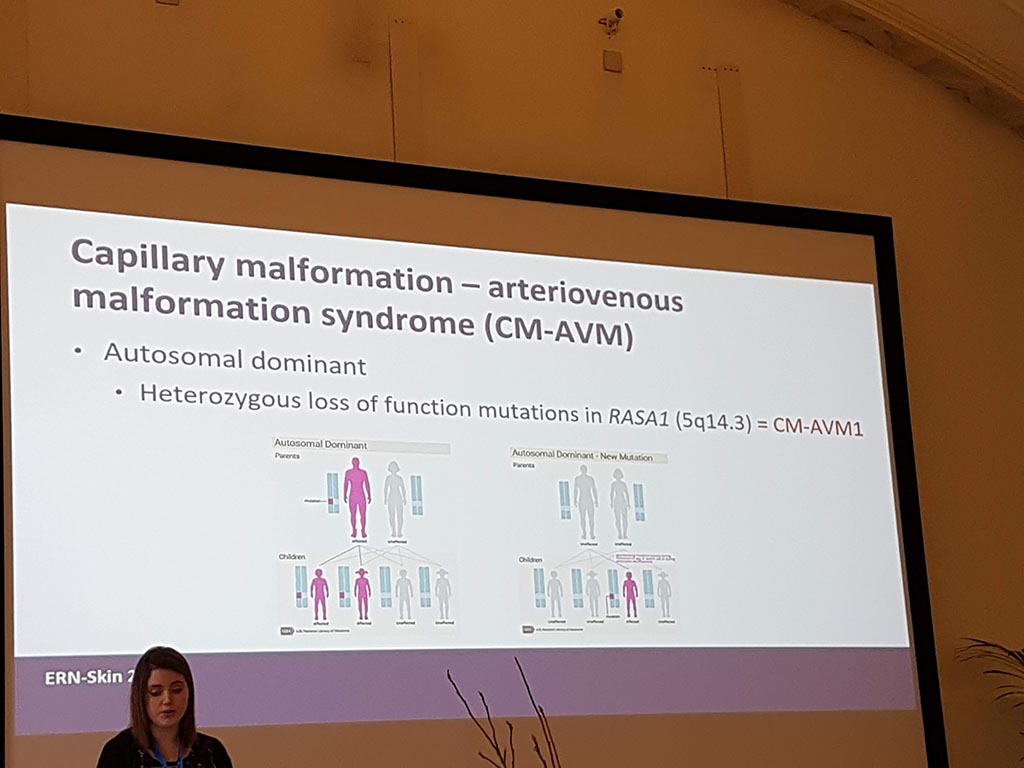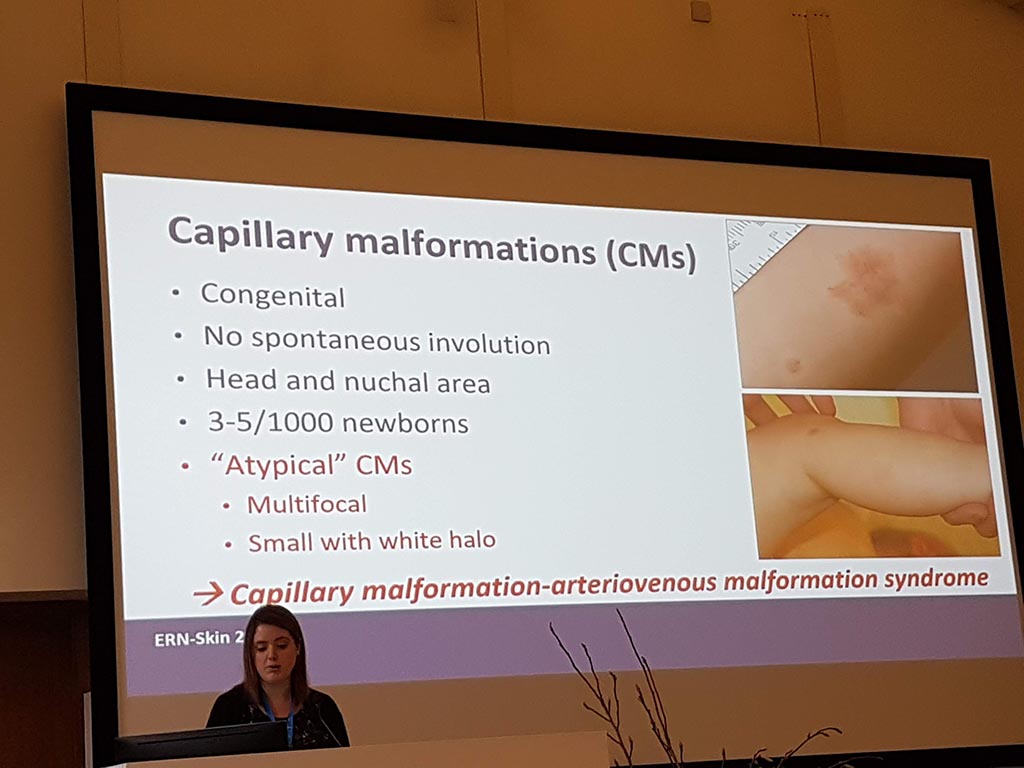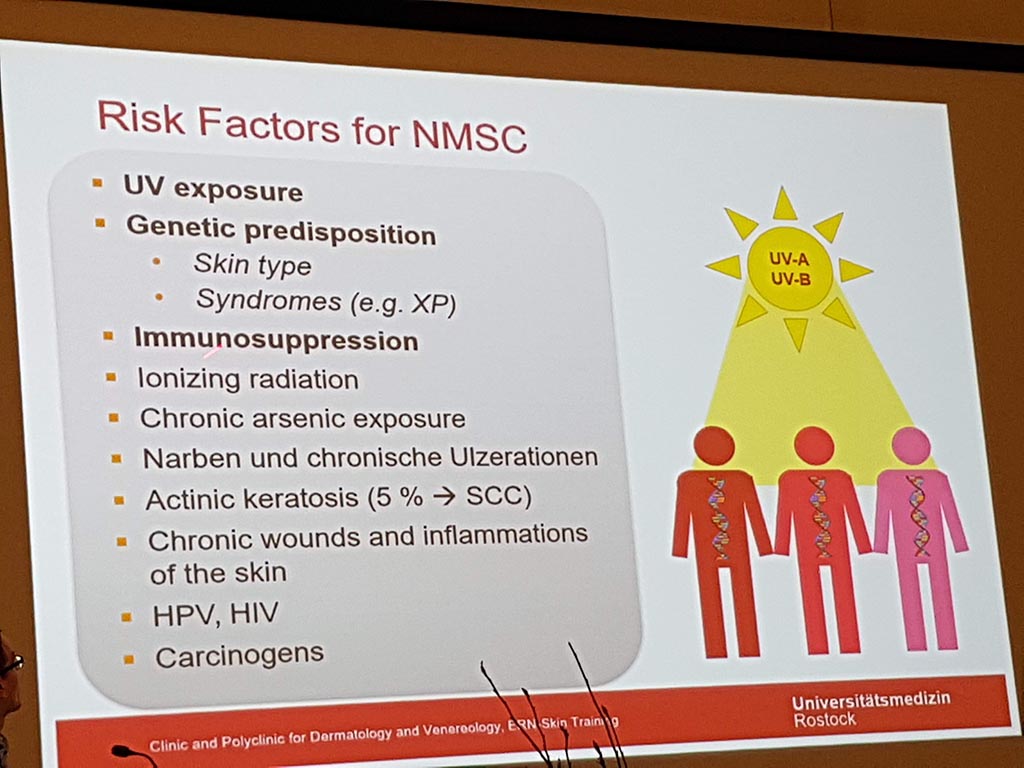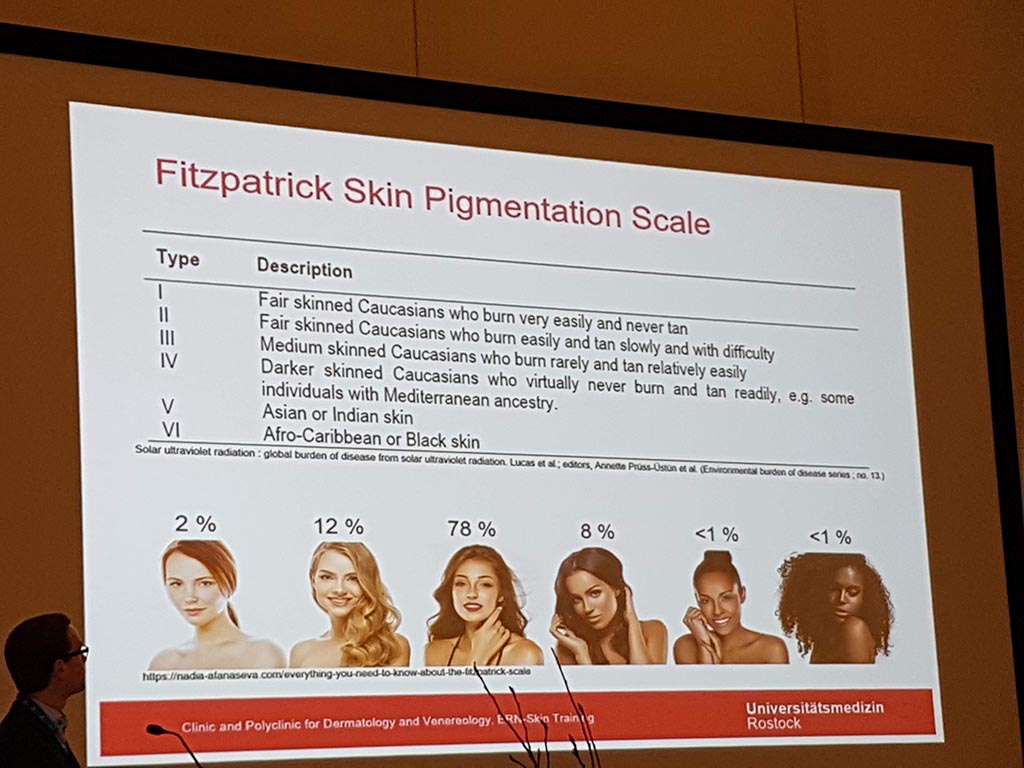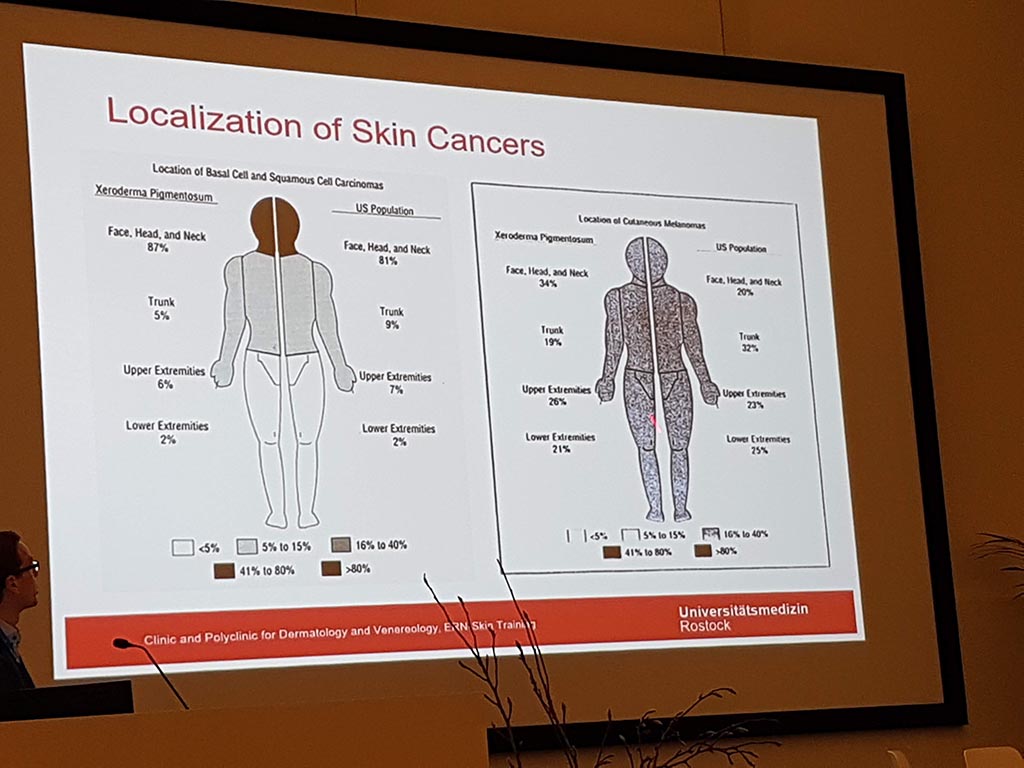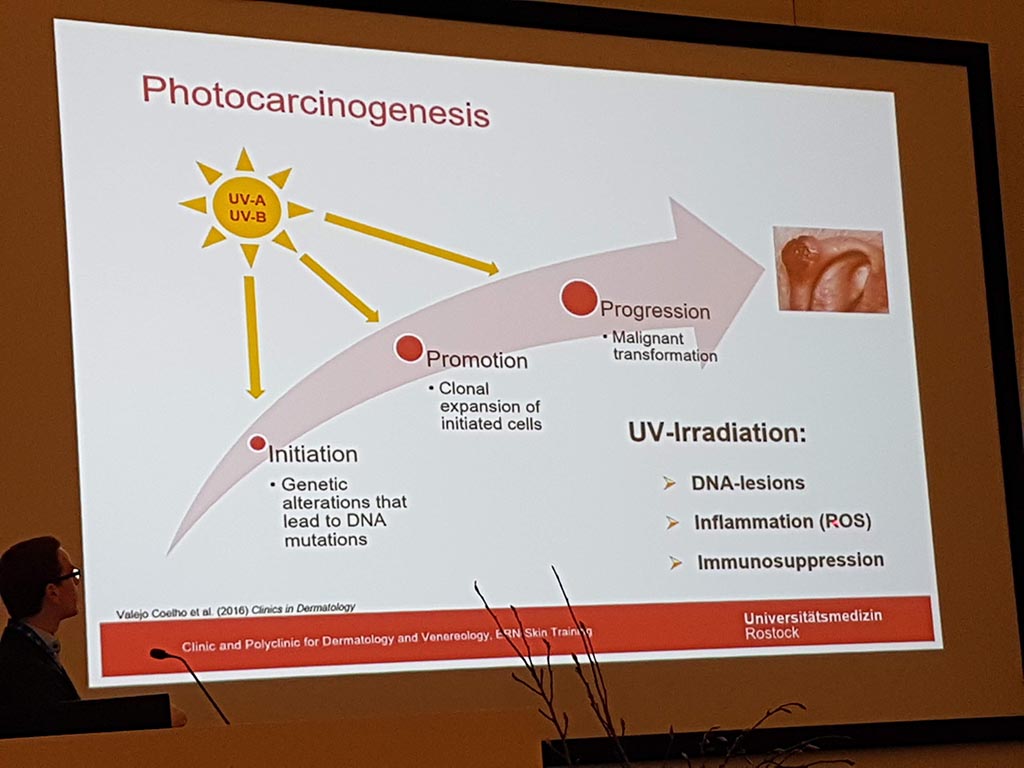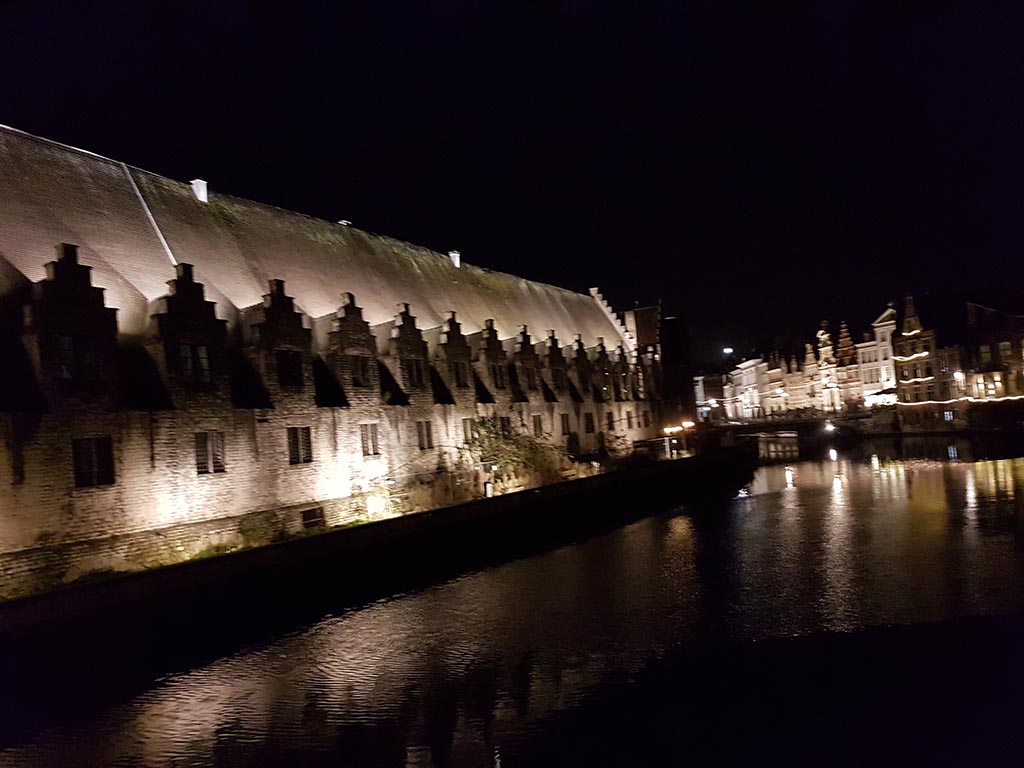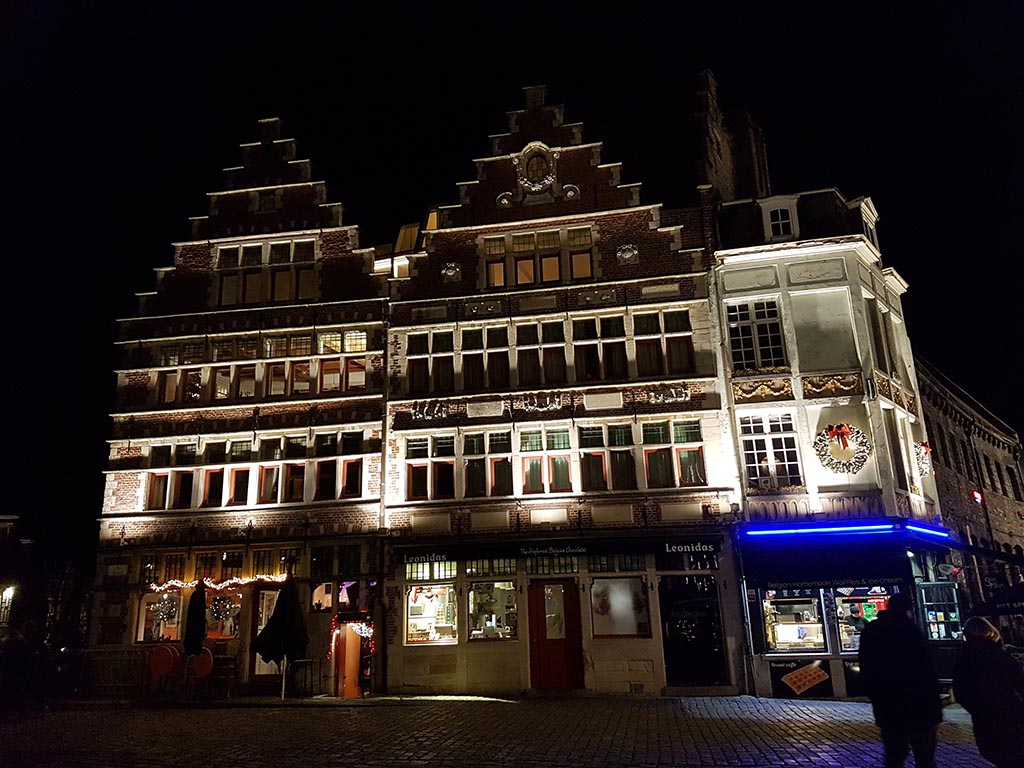In 2017, the European Reference Networks (ERNs) were established in collaboration with the European Organisation for Rare Diseases Eurordis (www.eurordis.org).
ERNs are virtual networks of healthcare providers from all over Europe. Their goal is to start a debate on complex or rare diseases and conditions that require highly specialised treatments and a combination of knowledge and resources.
A total of 24 networks are defined, two of which we are a member organization: the ERNs “Skin” and ‘VASCERN’ (multisystemic vascular diseases).
On 16 December 2019, medical training was organised in Ghent for the ERN Skin by, amongst others, the University of Ghent and the Ghent University Hospital. About 60 medical and genetic doctors and professors from various countries were present.
We were asked to participate in a panel discussion with 3 other patient organisations from Belgium, France and the Netherlands. The purpose of this panel discussion was to clarify what doctors need to know about the burdens of people living with a skin condition.
Participants in the panel discussion
- Marie-Claude Boiteux, Cutes Laxa (France)
- Ingrid Jageneau, Debra (Belgium)
- Lex van de Heijden, CMTC-OVM (the Netherlands)
- Marjolein van Kessel, CMN (the Netherlands)
Topics discussed
The psychological impact of information on families is often underestimated or not even seen. Think of the siblings of a patient with a rare disease. One of the problems is the lack of information needed to make good decisions about treatments and information about research and clinical testing.
There is a lack of possibilities for online medical consultations in Europe, for which the Clinical Patient Management System (CPMS) has been set up, but this system is still insufficiently used. In an ideal situation, a patient with medical complications is discussed via an online consultation between the patient’s doctor and a medical specialist in the field of the specific disease.
Another known problem is that people from Eastern Europe have little to no access to experienced surgeons. The surgeons in Western Europe do not have enough time and financial resources to help these people. As a result, these patients often choose to get very expensive medical treatments or to travel to the USA, if financially feasible.
Patients with rare diseases have multiple health care providers in different locations. This means that medical data is spread across multiple organisations/locations. Having a complete overview in one place of all medical/genetic/other data is crucial, especially in the world of rare diseases. Furthermore, the data must be under the control of the patient (or his/her parents for example when the patient is a young child). This is called the Patient Health Record (PHR). Progress is being made in many countries regarding the implementation of the PHR, but standardisation seems to be lacking. This could pose a problem with cross-border healthcare for example.
Having a rare disease with limitations can have a huge impact on a patient’s self-esteem and self-confidence. For example, an 11-year-old girl is in gym class. Two teams are formed for basketball. This girl is not selected for either of the teams because she can’t run. She has to sit on the side…
Personal experience with diagnostics/expert advice and research
- There is a lack of multidisciplinary cooperation when patients also need other medical specialists outside the ERN.
- Getting a medical diagnosis or giving information impacts the patient and family greatly, which is often underestimated.
- If patients find out what condition you have by looking it up online, they are often not taken seriously.
- Patients and families receive insufficient accurate information that is based on testing.
- Insufficient/no information about the progression of the condition from child to a higher age.
- No/insufficient reimbursement of treatments/medication.
- Medical information is scattered over all kinds of health care providers where an overview is lacking.
Social burden
- Patients and/or families live with pain, anxiety, depression, lower self-esteem and self-confidence.
- Strangers often stare at patients.
- It impacts the whole family, at school, work, etc.
- Carers don’t get rest, no salary and no pension.
- Juggling care and everyday life. Not getting to do daily tasks.
- Impact on private life, love life and whether or not to have children.
- Impact on choosing a study.
- Having to quit professional work and therefore lose income.
